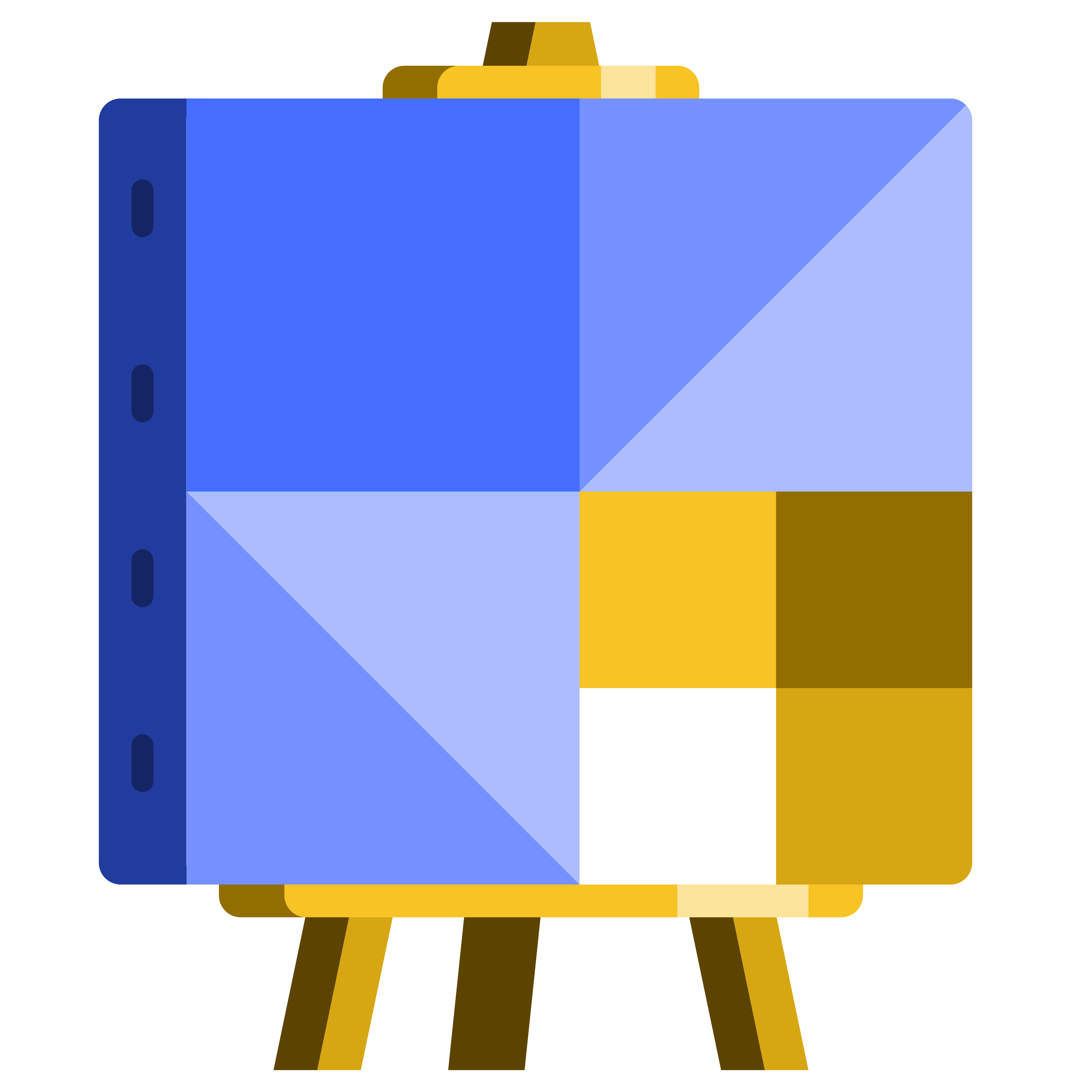Let's look at multiplying a whole number by a fraction using visual models. Here we have a shape split into five equal parts. Each part represents 1/5. Three of these parts are shaded.
This represents 3 * 1/5 = 35ths.
This square is divided into eight equal triangles. So each triangle is 1/8.
Five triangles are shaded. So 5 * 1/8 = 5/8.
Next we have a square divided into nine equal parts. The equation wants us to find four groups of 9ths. In total there are 8 9ths shaded.
There are four different groups of 9ths shaded. Each group contains 2 9ths. So the equation is 4 * 2 9th.
So 4 * 2 9th = 8 9th. When we multiply a whole number by a fraction, we multiply the whole number by the numerator. The denominator stays the same because the size of the parts doesn't change. Let's find 2 * 3/10. We multiply 2 * 3 to get 6. The denominator is still 10. So the product is 610.
Let's try another problem. What time equals 10 11th? We can also ask what * 5 = 10. 2 * 5 = 10. So 2 11th * 5 = 10 11th.
Here the product is 14 15. This must be the result of a whole number multiplied by a fraction with a denominator of 15.
Now let's find what numbers multiply to 14. 2 and 7 multiply to 14. So we can write 2 * 7 15 = 14 15 or 7 * 2 15 = 14 15. To multiply a fraction by a whole number, multiply the whole number by the numerator. The denominator stays the same.

